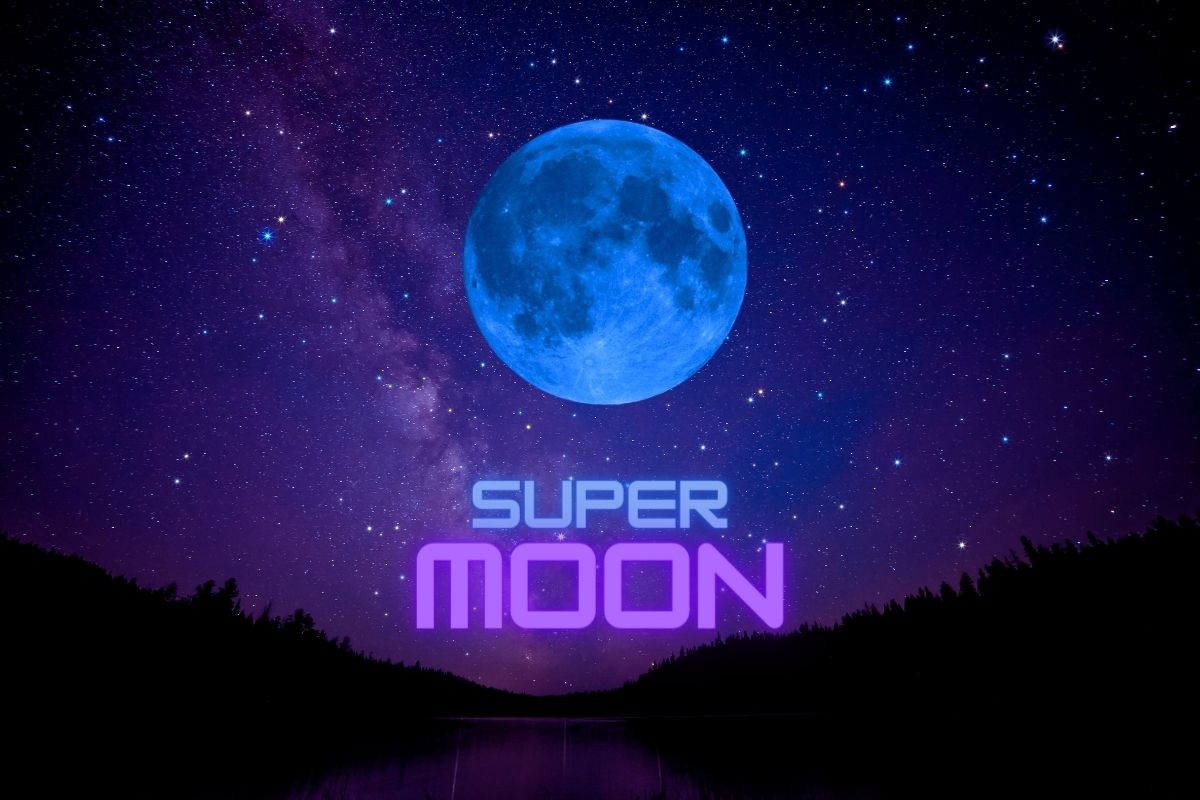The Full Moon on August 30 boasts the dual distinction of being a Supermoon and a Blue Moon.
On August 30, the full Moon will present an exceptional occurrence, combining the characteristics of a Blue Moon and a supermoon. This unique event won’t reoccur until the year 2037.
What is a supermoon?
A supermoon occurs when the Moon reaches its perigee, the closest point to Earth in its monthly orbit. Occasionally, this aligns with a full Moon, resulting in a supermoon. During this phenomenon, the Moon appears slightly larger and brighter than a typical full moon. On August 30, the full Moon coincides with its perigee, creating a supermoon effect.
What is a blue supermoon?
While the phrase “once in a blue Moon” is often used to describe infrequent occurrences, the actual occurrence of a “Blue Moon” doesn’t entail the Moon turning blue. Instead, there exist two other interpretations. The more prevalent definition of a blue moon pertains to a situation where a full Moon arises for the second time within a single month, as per NASA. With a full Moon already having appeared on August 1, the occurrence of the full Moon on August 30 qualifies as a blue moon.
How uncommon is a blue supermoon?
A blue Moon, on its own, is a relatively infrequent event. As outlined by the American space agency, it occurs approximately once every two and a half years on average. Given that Full Moons are spaced by 29 days and months extend to either 30 or 31 days, the likelihood of accommodating two full moons in a single month is quite significant.
Supermoons are notably more frequent, occurring around three to four times annually. However, the convergence of a blue moon and a supermoon is an exceedingly uncommon occurrence. While the next instance of a monthly blue Moon is anticipated as soon as August 2023, it’s intriguing to note that the subsequent two super blue moons will transpire in close succession, specifically in January and March 2037, as indicated by NASA.



